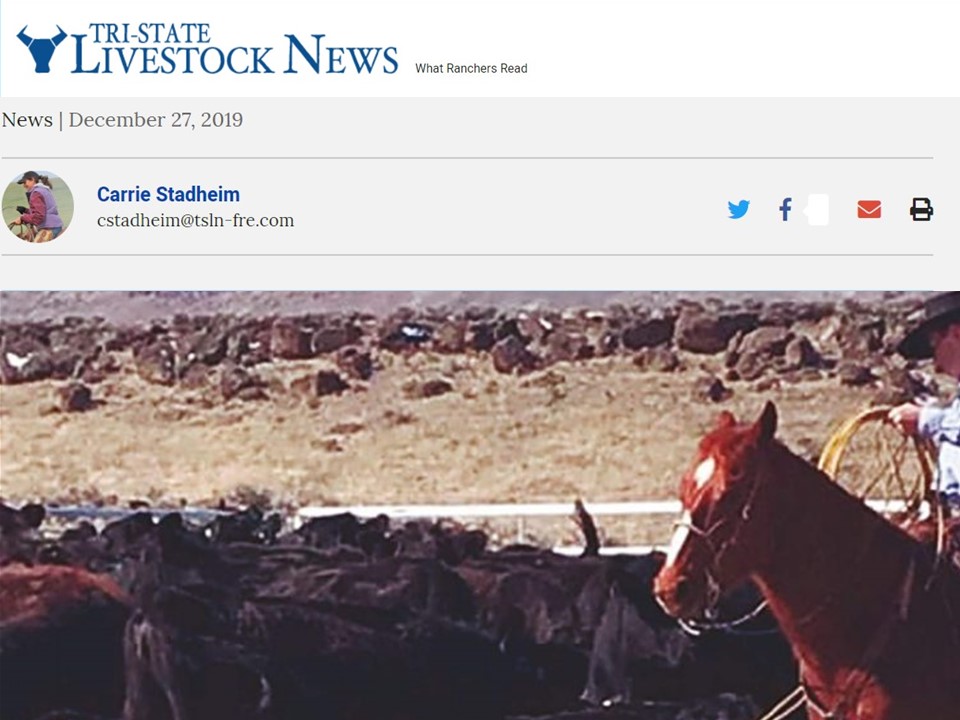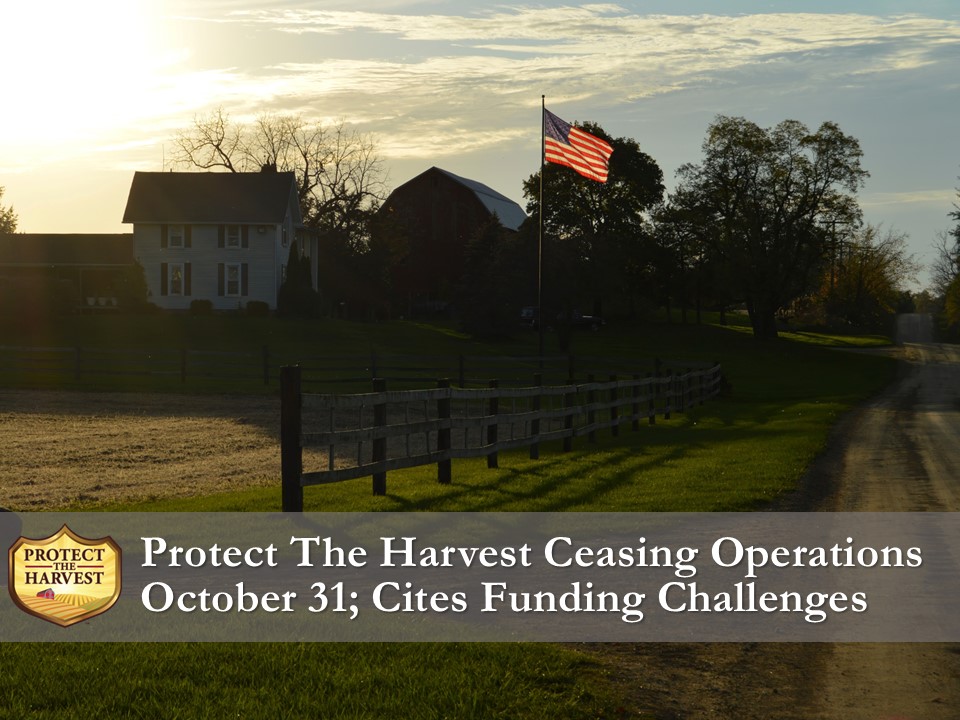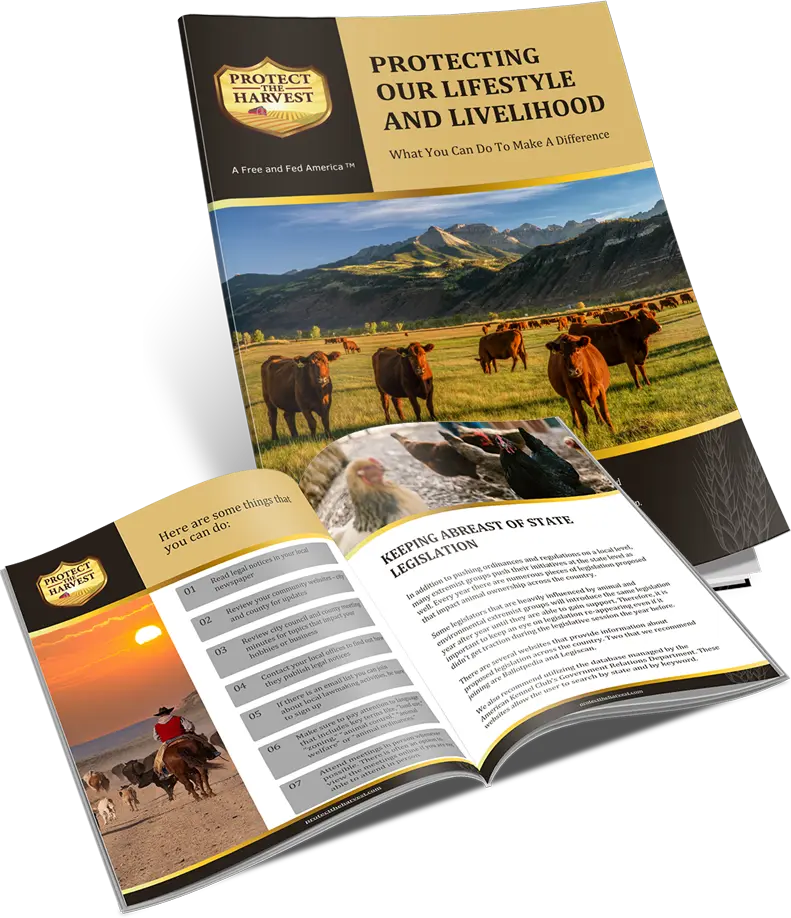
Judge Michael H. Simon ruled Dec. 20, 2019, that Hammond Ranches, Incorporated would not be allowed to use their grazing permit for BLM land.
Simon is the husband of democratic Congresswoman Suzanne Bonamici.
Western Watersheds Project, Center for Biological Diversity and Wildearth Guardians filed suit against the BLM asking for a restraining order to stop Hammond Ranches Incorporated from using the BLM permit that the family has maintained since the 1960s.
The three litigation groups claimed that when the U.S. Secretary of the Interior, Ryan Zinke, ordered the renewal of the Hammonds’ grazing permit, shortly after the two men were pardoned by President Trump, that the BLM did not follow proper procedure in conducting sufficient environmental analyses.
The organizations claimed, and the judge apparently agreed that the Hammonds’ “pattern of violating federal rules” and the terms of the permit was cause for the withdrawal of the family’s grazing permit.
Judge Simon had ruled in favor of a temporary restraining order in June of 2019, which prevented the Hammonds from using some of their grazing permits. He ruled that the family could use a small portion of their permits through the summer. Last week’s ruling approved a permanent withdrawal of the permit. It is not known whether the BLM will appeal the decision but if they do, it would likely be heard in the 9th Circuit Court of Appeals, which has recently taken a conservative turn. According to Politico, President Trump has appointed 9 judges to the 29-member bench which serves the 9 most western states.
According to Protect the Harvest spokesman Dave Duquette, the recent ruling is no surprise.
Because the lawsuit is between the anti-grazing groups and the BLM, the Hammond family is not able to include an attorney or representative in the fray. They did not attend the hearings.
At least one attorney whose job it is to defend the BLM and their permit renewal has found himself in an awkward position when it comes to helping get Hammond cattle back to grazing.
Duquette said Brad Grenham, one of the Department of Justice attorneys representing the Bureau of Land Management, was on the very legal team that represented the federal government (in opposition to the Hammonds) when the two Hammond men were sentenced to prison.
In the June trial, at least one of the BLM’s own witnesses was ill-prepared for the examination and provided no information that would help support the BLM, said Duquette. “The plaintiffs’ lawyer tore him apart. It’s infuriating to watch what they’ve done without any kind of real knowledge. Nobody was there to tell the judge what exceptional managers the Hammonds are,” he said.
Duquette said the the Hammonds are model grass managers whose permits the BLM has, in the past, referenced as the “gold standard.”
Steven Hammond said “We were literally the showcase for the mountain (Steens Mountain). The BLM was proud of our allotments and how we cared for them together. Our allotments were the ones they took Congressmen and Senators to when they were working on getting support for a Wilderness Designation.”
“The anti-grazing groups try to say that the Hammonds have all these violations and that they are poor managers, but we need to get the truth out there. They are excellent, conscientious managers. The BLM used to take people out there to train them on what good management looked like. You couldn’t tell the difference between the BLM land and the Hammonds’ private land next to it,” said Duquette.
“Of all of the Hammond activities on their permit, none are punishable even by a fine – the reality is these guy s didn’t do anything outside of the parameters of what they are allowed to do. The only reason they were sent to prison is because they were charged under an inappropriate terrorism law,” said Duquette. “Now this judge is taking their permits away over these activities which are normal activities. You start a backburn when there is a fire coming at you, that’s what they did. That’s all they did.”
Hammond said the truth is not getting told in the courtroom or the media, and that some organizations aren’t trying to do the best thing for the rangeland, but instead to line their pocketbooks for future litigation.
“If you tell them that there will be fire danger if the rangeland isn’t grazed, that it will put the local community at risk for wildfire, they are ok with that,” said Hammond.
Reading the judge’s 41 page ruling that was published the day after the Dec. 19 hearing with DOJ attorneys and the plaintiff’s attorneys, Steven Hammond said he was astonished at the case law the judge referenced that connected to the same anti-grazing groups, in particular the Western Watersheds Project.
“If you look at how long the WWP has been going to court and developing these precedent-setting cases, you’ll understand what their plan is. They have been working toward this moment for 10 years, and this case will be used as a reference for future cases. It’s an attack, it’s an all-out attack. Some people don’t even realize we are in a fight, and the war has already been laid out for us. Until I read that ruling, I had no idea that there was that much precedence in our legal system,” said Hammond.
Steven believes that the WWP’s goal is not to improve the environment, although they may have started with such noble intentions. “It’s a money game,” he said, pointing out that as long as the groups win their lawsuits, they can file to have their attorney fees and other court costs repaid under the Equal Access to Justice Act.
In a previous interview, Eric Molvar with the WWP said that his organization believes that leaving the allotments ungrazed will help manage fire risk. He said overgrazing by livestock spreads cheatgrass, which increases the likelihood of fire.
“If you look at the places that haven’t had cattle for long periods of time, those are the areas with healthy native bunch grasses and lower fire risk,” he said.
Yet experience has played out much differently, says Jerome Rosa with the Oregon Cattlemen’s Association. “One thing we absolutely know is that when we have heavy loads of these fine fuels (forage) on a year like this with such good precipitation, if lightning ignites a fire, it will become a catastrophic wildfire. Those fires burn large and really hot and if there are any sage grouse out there, we know that they will get burned out like everything else,” said Rosa.
Dwight Hammond and his son Steven Hammond of Burns, Oregon were pardoned by President Trump in 2018, and allowed to return home after serving more than half of their five year arson sentences for the approximately 140 acres of BLM land they burned in two separate occasions in 2001 and 2006.
Dwight was found guilty of burning one acre of BLM land, when a prescribed burn on private land to reduce overcrowding juniper, spilled over onto the adjoining federally administered land in 2001.
Dwight’s son Steven was found guilty of burning that same one acre, plus 139 more acres in 2006, when he lit a back burn to protect the family ranch headquarters when a series of lightning-lit fires was heading toward them. The backfire succeeded in protecting the home quarters.
The Hammond permits total over 26,000 acres, so the burned segment amounted to about one half of one percent of the total range the family owns the grazing rights to.
The anti-grazing groups claim in the opening statement of their lawsuit that the two fires set by the Hammonds “resulted in the destruction of important habitat for greater sage-grouse and in the spread of…cheatgrass.”
A range specialist testified under oath that the condition of the rangeland actually improved following the fires.
Original article: https://www.tsln.com/news/judge-halts-hammond-grazing/


